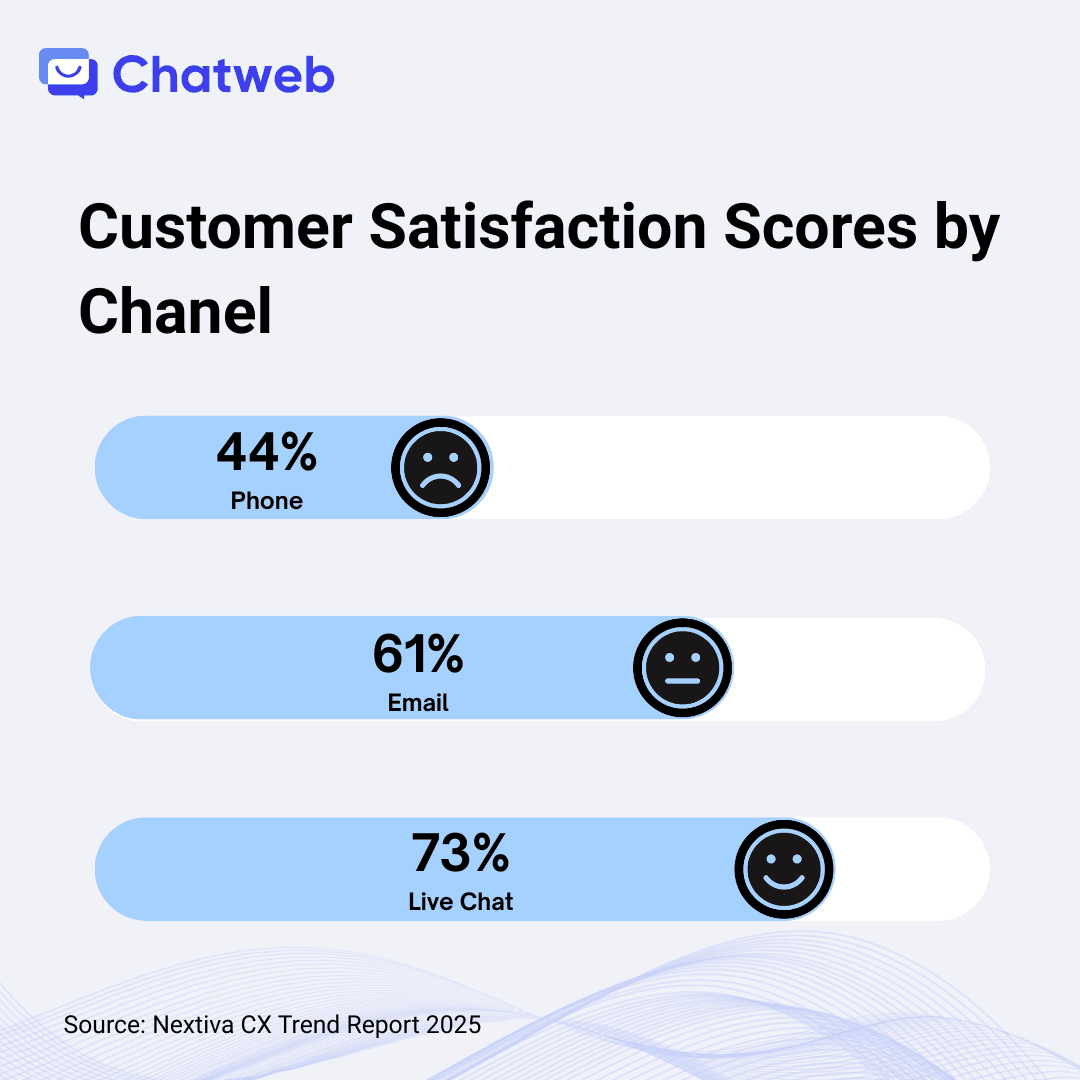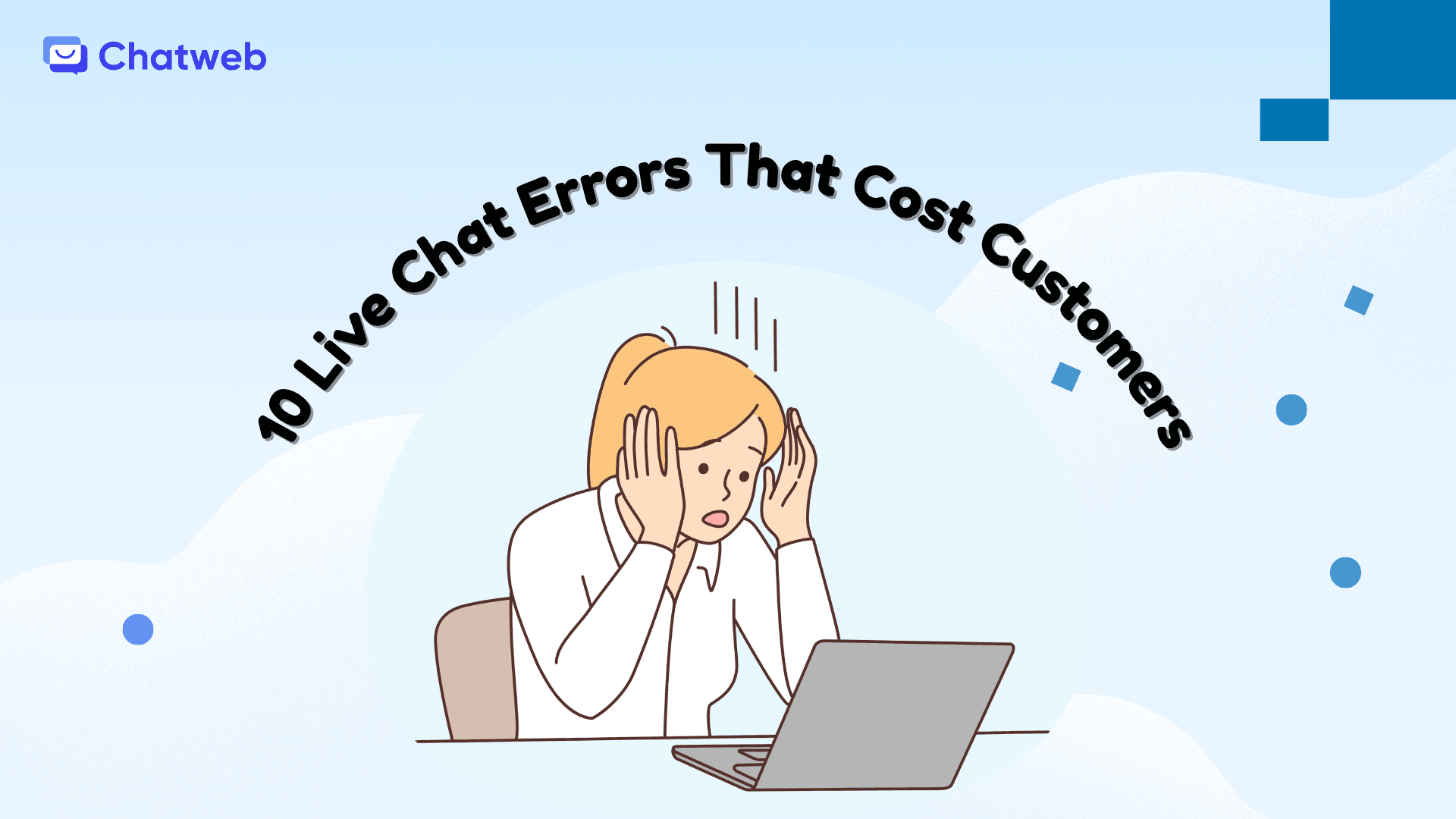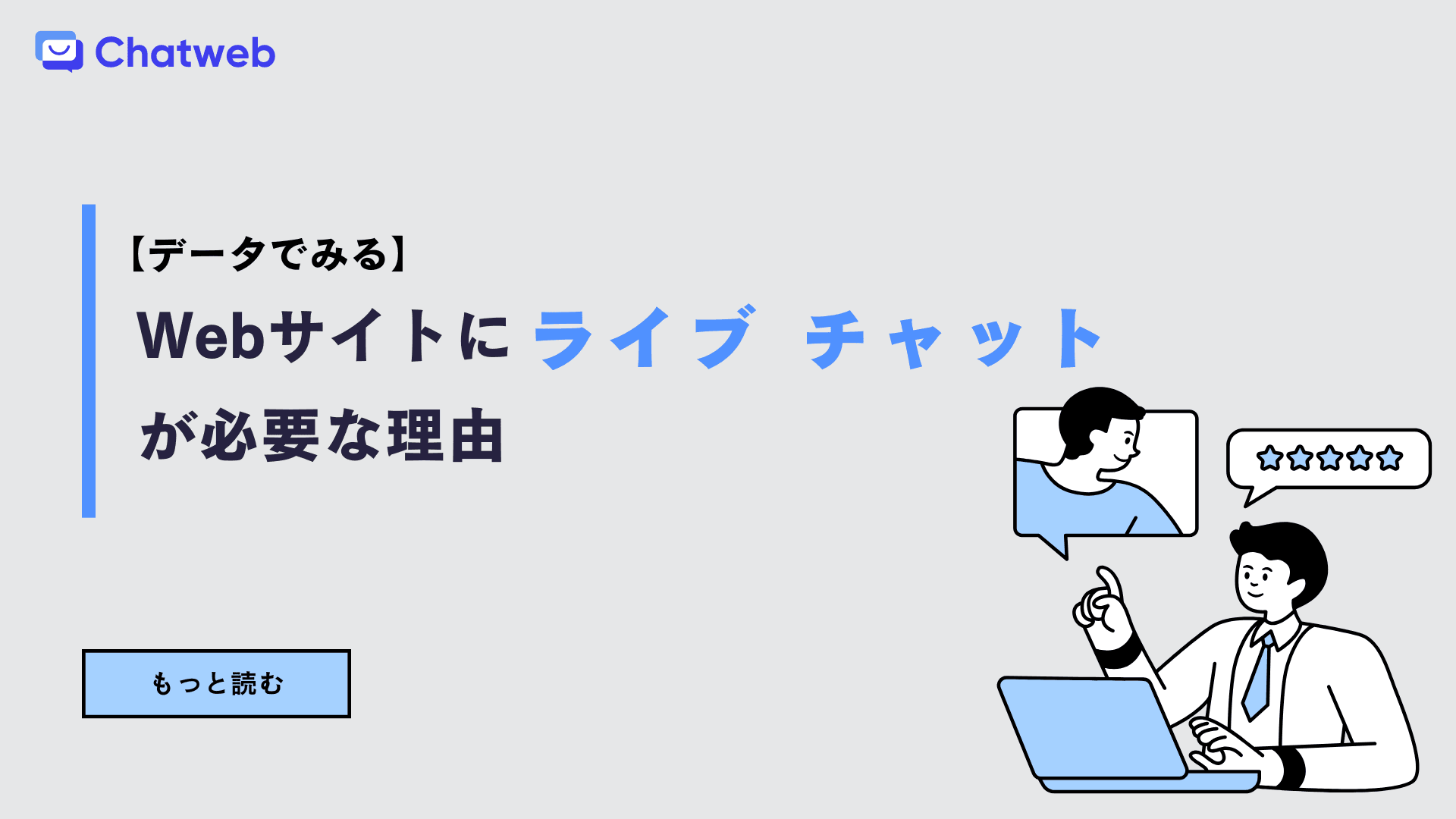Picture this: a customer lands on your website, adds something to their cart, hesitates, and then—gone. It’s a punch to the gut for any small or medium-sized enterprise (SME).
This article will highlight the top 10 mistakes SMEs make with live chat that drive customers away. We’ll explain why these errors hurt, how to fix them, and share real-world lessons to keep your customers happy. By the end, you’ll know how to make live chat a sales magnet for your eCommerce store, SaaS company, or B2B business. Let’s dive in and fix those mistakes before they cost you more.
1. Why Live Chat Matters for SMEs (and Why Mistakes Hurt)
Live chat is like having a helpful salesperson on your website 24/7, answering questions and guiding customers to buy. Nextiva CX Trend Report 2025 shows it has a 73% satisfaction rate, beating email (61%) and phone (44%). For SMEs with tight budgets and small teams, it’s an affordable way to handle inquiries, cut cart abandonment, and personalize offers, often costing just $20-100/month.

But when live chat flops, it’s worse than having none at all. Slow responses, robotic replies, or pushy tactics can frustrate customers. With 70% of online shoppers abandoning carts (Baymard Institute), every mistake risks lost sales. Here are the 10 biggest live chat mistakes SMEs make and how to avoid them.
2. Top 10 Live Chat Mistakes SMEs Make (and How to Fix Them)

2.1. Responding Too Slowly
Customers expect live chat to be instant. If your team takes minutes—or worse, hours—customers will leave, especially mid-checkout.
Why it hurts: Slow replies kill the buying momentum. A delayed answer to “Is this in stock?” can mean a lost sale.
Fix it: Aim for responses under 1 minute. Use AI bots to handle simple queries instantly, escalating complex ones to agents. Prioritize live chat over slower tasks like email.
2.2. Using Generic, Robotic Responses
Canned replies like “Thanks for reaching out!” feel cold and unhelpful. Chatbots without personalization or poorly trained agents make your brand seem distant.
Why it hurts: Generic responses frustrate users who want tailored answers. A customer asking “Which shoes are best for running?” expects specifics, not “Check our website.”
Fix it: Train bots and agents to use customer data (like browsing history) for relevant replies. Suggest specific products, like “These sneakers are great for marathons—10% off today!”
2.3. Being Too Salesy
Aggressive messages like “Buy now or miss out!” in every chat feel desperate. Customers want help, not a hard sell.
Why it hurts: Pushy tactics make customers feel pressured, reducing engagement.
Fix it: Focus on solving problems first. Offer discounts subtly, like “I can toss in a 10% off code if you’re ready to buy.” Keep it helpful, not pushy.
2.4. Ignoring Mobile Users
Many live chats in 2025 happen on mobile. If your chat isn’t mobile-friendly—think clunky interfaces or slow loading—you’re alienating a huge chunk of your audience.
Why it hurts: Mobile shoppers often abandon carts, and a bad chat experience makes it worse.
Fix it: Use a mobile-optimized chat platform that loads fast and looks great on phones. Test it on multiple devices weekly to catch issues.
2.5. Not Training Agents Properly
Untrained agents who don’t know your products or sound unsure can erode trust. Customers expect expertise, not vague answers.
Why it hurts: Poorly trained agents make users feel their time is wasted, hurting satisfaction.
Fix it: Role-play common scenarios (e.g., sizing or returns) with your team. Review frequent queries monthly and train agents to handle them confidently.
2.6. Over-Relying on Bots Without Human Backup
AI bots are great for FAQs, answering simple questions quickly. But if a customer asks something complex like “Can you customize this product?” and gets “I don’t understand,” they’ll bail.
Why it hurts: Bot-only chats feel impersonal, driving away users needing human support.
Fix it: Set up smooth handoffs from bots to agents. Ensure your platform escalates complex queries to your team in seconds.
2.7. Not Using Proactive Chat Triggers
Waiting for customers to start a chat means missing opportunities. Many visitors hesitate to reach out, even when they’re stuck.
Why it hurts: Proactive chats engage users before they leave, boosting conversions.
Fix it: Trigger chats after 10-15 seconds on high-value pages like checkout or pricing, with messages like “Need help choosing a size?”
2.8. Failing to Integrate with Other Channels
If a customer chats, then emails or calls later, they expect you to know the context. Disconnected channels force them to repeat themselves, which is a major turn-off.
Why it hurts: Disjointed systems frustrate customers, hurting retention.
Fix it: Use a platform that syncs chats with email, WhatsApp, or your CRM, so your team has the full conversation history.
2.9. Not Tracking Chat Performance
If you’re not measuring how many chats lead to sales or how fast your team responds, you’re guessing what works. Without data, you can’t improve.
Why it hurts: SMEs that don’t analyze chat data miss out on higher conversions.
Fix it: Track metrics like chat-to-sale ratio and response time. Review weekly to spot trends and tweak strategies.
2.10. Ignoring Customer Feedback
Customers often share what they love or hate about your chat in their messages. Ignoring this means missing chances to fix problems or lean into what works.
Why it hurts: Acting on feedback shows you care, boosting customer retention.
Fix it: Review chat transcripts monthly for complaints or praise. Tag feedback to improve scripts and training.
3. Real-World Lessons: SMEs Getting It Wrong (and Right)
Here are three SME examples from 2024-2025 showing live chat done wrong—and how to do it right.

3.1. Mistake Example: Overly Salesy Chats at a Jewelry SME
A small U.S.-based jewelry brand launched live chat in 2024 but used aggressive pop-ups like “Buy now for 20% off!” every 30 seconds. Customers felt pressured, leading to a 25% drop in engagement and higher cart abandonment.
Lesson: They switched to helpful prompts like “Need help picking the perfect ring?” boosting conversions by 15% and rebuilding trust.
3.2. Mistake Example: Lack of Real-Time Customer Support for Bicycle Parts Retailer
An online bicycle parts store faced a surge in customer inquiries in 2024 but lacked sufficient live chat operators and relied on slow email responses. This led to a decline in customer satisfaction and some lost sales.
Lesson: They onboarded a multilingual live chat support team with chatbots to handle multiple conversations simultaneously. This improved response times and increased repeat purchases by 20%.
3.3. Success Example: Beauty Brand Embracing Social Media Live Chat
A cruelty-free beauty product SME scaled from a local market in 2024 to compete globally by integrating live chat on their website and social media pages. The real-time engagement converted casual visitors into paying customers, doubling interactions and boosting brand awareness amid the pandemic restrictions.
Lesson: Combining live chat operators with a chat widget helped manage multiple channels efficiently, raising sales and customer satisfaction concurrently.
These cases illustrate how effective live chat strategies can enhance customer experience and drive growth, while missteps like aggressive selling or slow responses can harm engagement and revenue.
4. How to Set Up Live Chat Right for Your SME
Avoid these mistakes with this straightforward plan:
- Choose a Reliable Platform
Pick a platform costing $20-100/month (With Chatweb, only ~$0-49.99/month) that supports AI bots and human agents, tailored for SMEs. - Set Smart Triggers
Program chats to pop up after 10-15 seconds on key pages like checkout or product listings with helpful messages. - Train Your Team and Bots
Teach agents to personalize responses and train bots on your top 10 FAQs. - Optimize for Mobile
Test your chat on phones to ensure fast loading and easy navigation. - Track Results
Monitor response times (under 1 minute) and chat-to-sale ratios (aim for 20%). - Act on Feedback
Review chats monthly for customer insights and update scripts accordingly.
Avoid: Slow replies, pushy sales, or ignoring mobile users—these drive customers away.
Conclusion: Make Live Chat Your SME’s Sales Booster
Live chat can be a goldmine for SMEs, boosting satisfying 73% of customers when done right. But mistakes like slow responses, robotic replies, or non-mobile chats can send customers running. The 10 pitfalls above show what to avoid, and the fixes give you a clear path to success.
Want to turn live chat into a customer magnet? Try Chatweb, a platform designed to deliver fast, personalized, and mobile-friendly chats that keep customers engaged and boost sales. Start today and watch your SME thrive!







